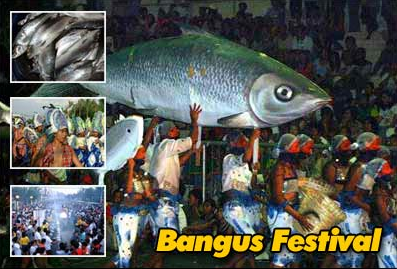
|
ldtc@hawaii.edu 1890 East-West Rd., Honolulu, HI 96822 USA |
LDTC Home | About LDTC | People | Languages | Workshops | Support |
|
|
I am Zenaida "Zeny" Gutay Baoanan and I am a native speaker of Pangasinense
Orthography Morphology Story/Song Word List Syntax Language Use Dictionary
|
I
am Zenaida Gutay Baoanan and I was born in Pangasinan. Both of my
parents were born in the same province and so are my great
grandparents. I grew up speaking the language at home and in
school. When I married with a man from different locality,
I had a shift of language into Filipino and had it spoken within our
family. My frequent encounter with former classmates in primary
and secondary schools made me realize that not many of us are still
using the language at home. I seldom hear people speak the
language in public places. I believe the language is rarely
spoken and is now threatened to be lost. This is a cause
which I want to share to people, "To keep the language vibrant
and preserve the legacy of our ancestry".
|
| Your name (first, last) |
Zenaida, Baoanan |
| Contact Email | zbaoanan@yahoo.com |
| Preferred name(s) of your language | Pangasinense |
| Alternative names | Panggalatok,
a slang term of Pangasinan of doubtful etymology mistakenly used by
non-Pangasinans to refer to the Pangasinan language or its native
speakers.
(http://en.wikipilipinas.org/index.php?title=Pangasinan_language) |
| Language classification | Austronesian,
Malayo-Polynesian, Philippine, Northern Luzon, Meso-Cordilleran,
South-Central Cordilleran, Southern Cordilleran, West Southern
Cordilleran (http://www.ethnologue.com/language/pag) |
| Geographical areas where spoken | Region 1, Northern Luzon, Philippines |
| Approximate number of monolingual speakers | 1.5 million (based on 2000 census: (http://en.wikipilipinas.org/index.php?title=Pangasinan_language) |
| Other languages spoken in the area/country | Ilocano, Filipino, English |
| Official language(s) in your country | Filipino |
| Does your language have a
widely accepted writing system? |
Yes |
| If yes, what materials are
written? |
Prayer pamphlets, books, magazines, flyers |
| back to top | |
